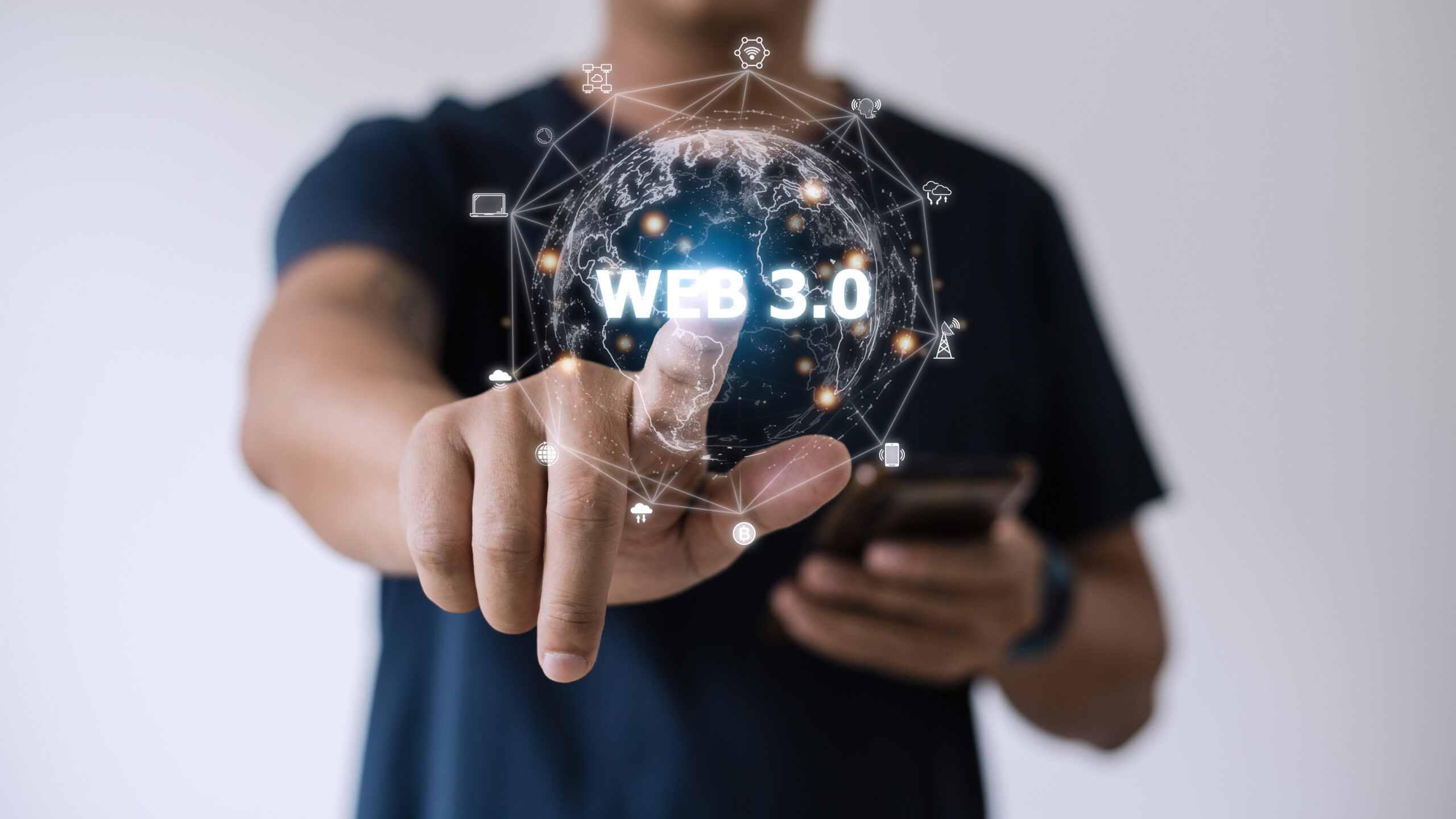Ads
In a constantly evolving world, it's no surprise that the way we interact with the web is also changing. In this context, Internet 3.0, the next generation of the web, promises to revolutionize our online experience, taking it to levels never before imagined. This new phase of the digital age gives us the opportunity to explore the future, delving into how technological innovations will transform the way we navigate the web.
Internet 3.0 is known as the semantic web, where information is understood and interpreted by machines, allowing for more fluid and personalized interactions. This change will not only affect the way we search for information, but also how we communicate, work, and transact online. Throughout this content, we'll break down what Internet 3.0 is, how it works, and what its impact will be on our digital lives. 💻
Ads
In addition, we'll explore the emerging technologies driving this digital revolution, such as Artificial Intelligence, Big Data, and Blockchain. These innovations are undoubtedly redefining cyberspace, creating a more secure, efficient, and personalized digital environment. Get ready to dive into a fascinating look at what the future of online browsing holds with Internet 3.0. 🚀

Ads
The transformation from Web 1.0 to Web 3.0
Web 1.0, often referred to as the static web, was the first iteration of the web. Websites were simply digital display cases where users could read information. The only people who could interact and update the content were the website owners.
Web 2.0 marked an important evolution, providing an interactive experience where users could create and share content, as well as interact with other users. This paved the way for the emergence of social networks, blogs, and wikis.
However, Web 3.0 promises an even more significant transformation. The semantic web, as it is also known, combines artificial intelligence, big data, blockchain technology, and other emerging technologies to provide a more personalized, secure, and decentralized experience.
Personalization and efficiency with artificial intelligence and big data
Artificial intelligence (AI) and big data are essential elements of Web 3.0. Together, they enable websites to become smarter and more efficient.
- Artificial intelligence: AI can analyze user behavior to provide a personalized experience. For example, it can suggest relevant content based on the user's previous interactions or help users find the information they're looking for more quickly and efficiently.
- Big Data: Web 3.0 will also benefit from big data analytics. User data collected from multiple sources can be analyzed to identify patterns and trends, which can help improve services and provide a more personalized experience.
Enhanced security and privacy with blockchain technology
Blockchain technology is another key feature of Web 3.0. It provides a decentralized platform where data is not controlled by any central entity but is owned by users. This can improve security and privacy by providing greater control over personal data.
In addition, blockchain can provide an additional layer of security by enabling identity and transaction verification without the need for intermediaries.

Smart contracts and token economy
Smart contracts and token economies are potential applications of blockchain technology in Web 3.0. Smart contracts can automate agreements between parties without the need for a third party, while token economies can enable secure and transparent transactions.
Interconnectivity with the Internet of Things
The Internet of Things (IoT) will also play an important role in Web 3.0. IoT devices will generate large volumes of data that can be analyzed to provide a richer, more personalized experience. Furthermore, the ability of IoT devices to communicate with each other can enable more seamless interconnection between different platforms and services.
Potential applications of IoT in Web 3.0
From smart homes to smart cities, the IoT has the potential to transform how we interact with the online world. In Web 3.0, IoT devices could interact with the web to provide more integrated and automated services.
In Web 3.0, IoT will enable decentralized interactions, intelligent automation, and greater personalization. Connected devices will be able to conduct secure transactions using blockchain, optimize smart cities, and improve the digital experience in healthcare, logistics, and smart homes, boosting efficiency and technological autonomy.
The road to Web 3.0
While Web 3.0 offers many exciting possibilities, it also presents challenges. Data privacy and security are key concerns, especially as data becomes increasingly valuable. Furthermore, implementing the technologies necessary for Web 3.0, such as AI, big data, and blockchain, also presents technical challenges.
However, as these technologies continue to develop and mature, the vision of Web 3.0 will become increasingly achievable. And with it, we will be introduced to a new era of online interaction—one that is more personalized, secure, and efficient than ever before.
Conclusion
In conclusion, Web 3.0 promises to revolutionize our online experience. This transformation goes beyond the interactivity of Web 2.0 and leads us to a world where personalization, efficiency, and security merge, thanks to technologies such as artificial intelligence, big data, blockchain, and the Internet of Things. These technologies will enable smarter and more personalized browsing, greater protection of our data, and more seamless interconnection between platforms and services. However, significant challenges remain, especially regarding data privacy and security. Despite these challenges, the digital future envisioned by Web 3.0 is exciting and promising, offering us a new era of online interaction that is more personalized, secure, and efficient than ever before.



